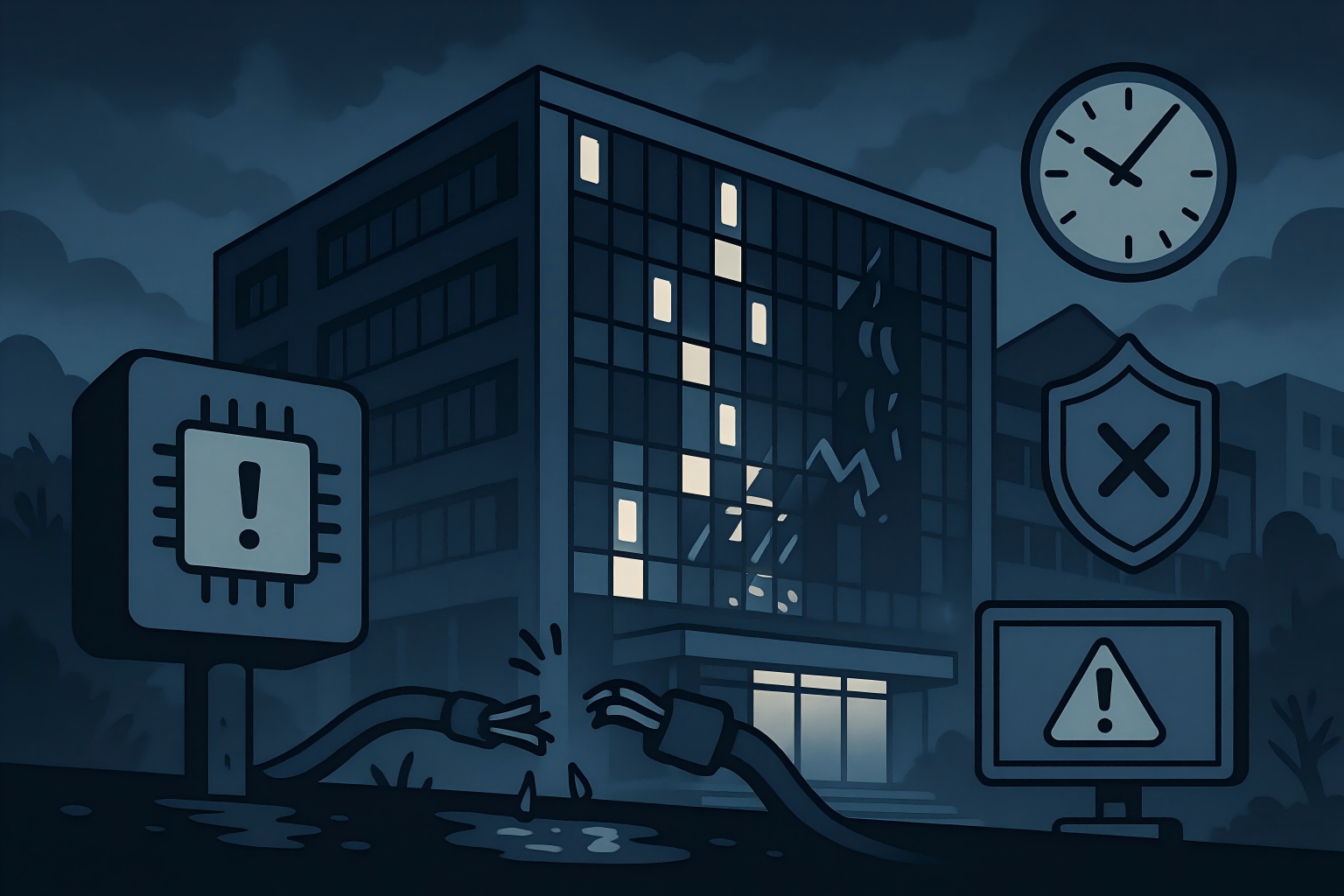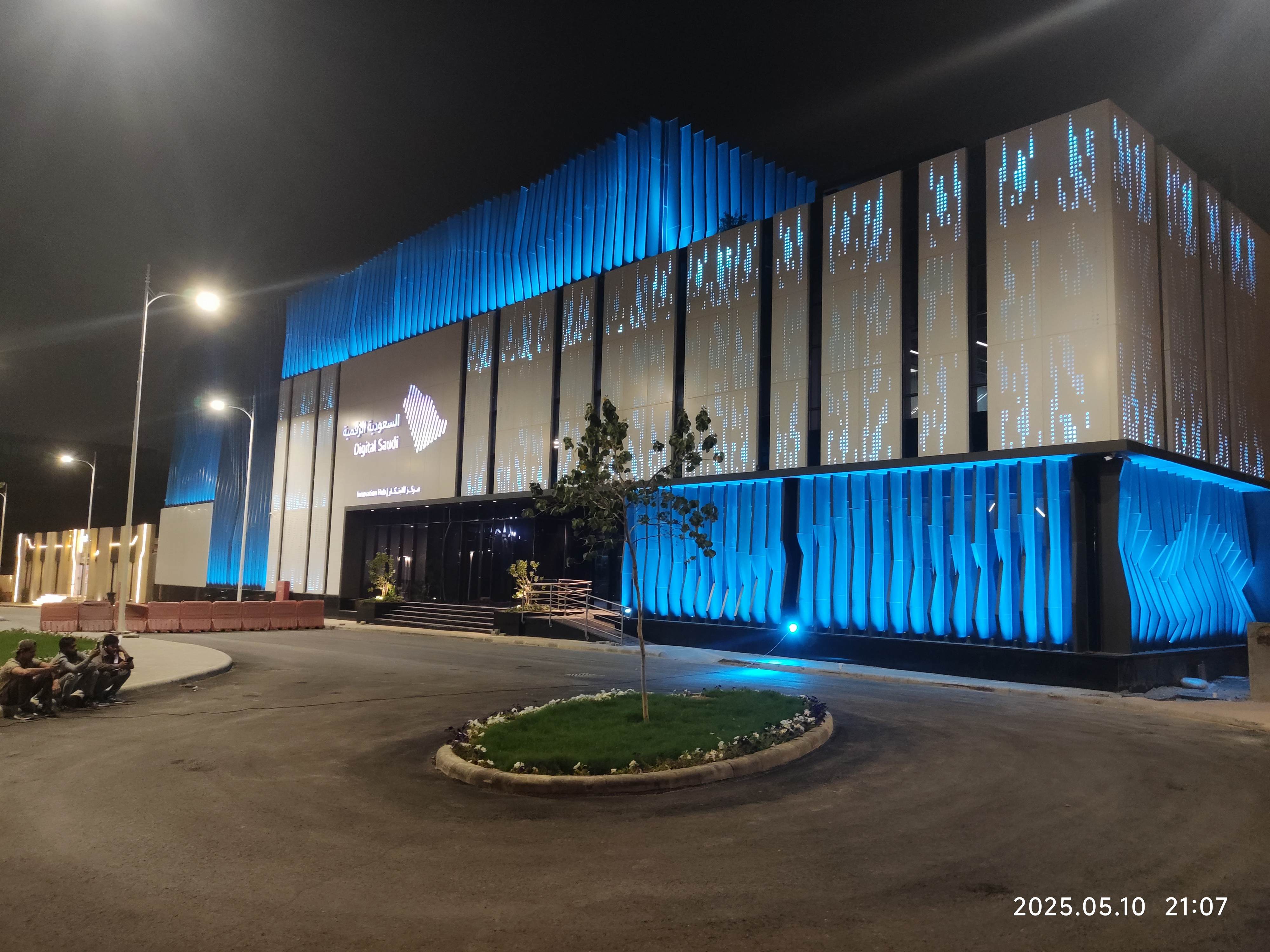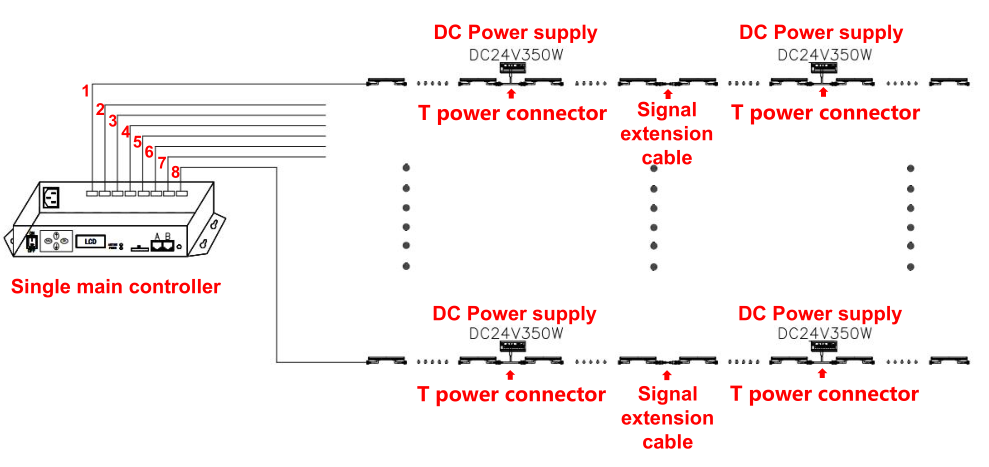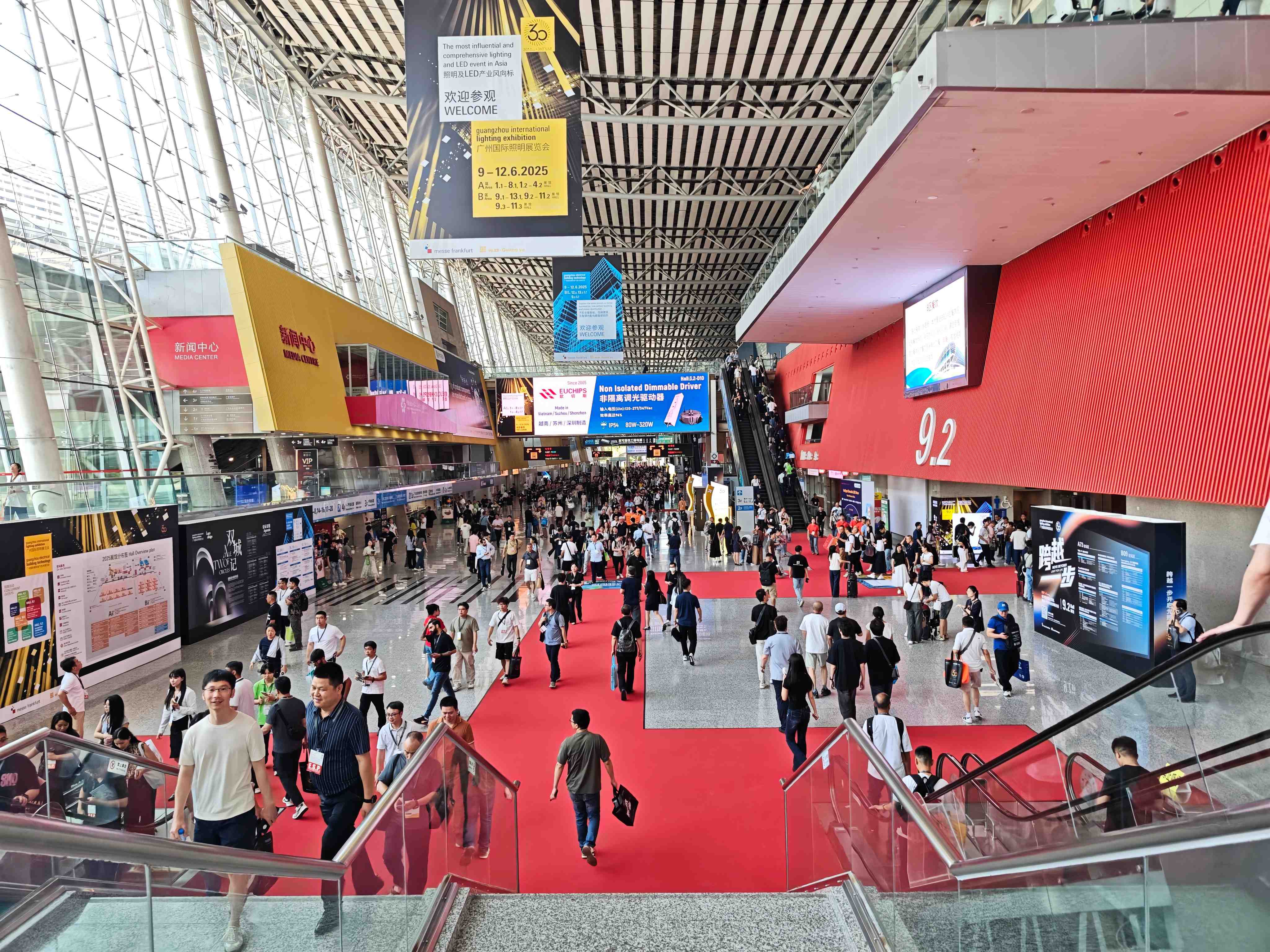Fixing Facade Lighting Animation Glitches? Here’s How We Brought a Building Back to Life
One rainy night in a coastal city, a light show on a commercial skyscraper was about to start. Hundreds of people gathered in the plaza, cameras ready, waiting for the façade to come alive.
And then—a pause. A flicker. A disconnect. The wave animation, meant to flow from east to west like the rhythm of the ocean, suddenly broke into fragments. One section lit up too early, another lagged behind. A few panels even froze altogether. The magic dissolved. People turned, confused. A few quietly left.
These glitches—known in our industry as facade lighting animation breakdowns—aren’t just technical hiccups. They shatter immersion, damage brand image, and waste months of planning and investment.
In this article, we’ll walk you through five key technologies that helped us fix this exact issue—not in theory, but in real-world, high-pressure scenarios. Whether you're lighting a landmark or animating a shopping mall, these are the upgrades that can bring your building to life—glitch-free, frame by frame.
1. Why Animations Fail: Lessons from the Field
Most lighting failures don’t stem from a single cause. They’re systemic. From our experience across dozens of urban lighting projects, the most common culprits include:
Outdated controllers that choke under heavy data loads.
Signal loss due to long wiring runs, poor shielding, or water damage.
Addressing errors—often introduced during manual fixture replacements or rushed installation work.
Inaccurate timing mechanisms that leave different sections of the building "dancing" out of sync.
Lack of real-time monitoring, meaning faults go unnoticed until it's too late.
These issues might seem small in isolation, but combined, they create a domino effect that compromises the entire animation experience.

2. Smarter Controllers: The Brain of the Operation
One of the first upgrades we made for the failed light show mentioned earlier was replacing its core controller—an underpowered box that hadn't been updated in four years.
Instead, we installed a dual-core 1.2GHz controller with 4GB of RAM and 16+ output channels. Here’s what changed:
Smooth multi-zone playback, even with over 100,000 pixels.
Cloud-based animation script management, allowing us to push updates remotely and monitor execution in real-time.
Local backup logic, ensuring the show kept running even when the internet briefly dropped (which it did—twice that week).
Smart load balancing, so that high-priority visual areas kept running at 60fps, while less critical zones were throttled slightly during peak loads.
We often say: A lighting show is only as good as its weakest controller—and most failures start right there.
3. Pixel-Level Syncing: Because 10ms Can Break the Illusion
Think of lighting synchronization like an orchestra. If one violin is a beat behind, the audience feels it—even if they don’t know why.
To solve this, we introduced:
PTP clock modules that synced every node within ±10 nanoseconds.
Auto-addressing systems so that when a faulty panel was swapped out mid-tour, it automatically inherited the correct pixel mapping.
Zoned logic—splitting the building into manageable lighting sectors. Each could be updated, tested, or debugged independently without affecting the whole.
After implementation, we ran a full test cycle: zero visible misalignments, even when triggering animations from different parts of the control network.

4. Better Algorithms: Where Fluid Motion Comes From
This is where software meets art.
Instead of just triggering lights on and off, we layered in:
Curve smoothing algorithms like Bezier and Catmull-Rom, which turned jagged transitions into graceful movement.
Dynamic frame rate adjustment, responding in real time to system load and network health.
Pre-cached scenes using lightweight compression (LZ4) so that the next animation was already loaded before the current one ended.
The result? Animations didn’t just play—they flowed. Like light being poured across a surface. One visitor said, “It looked like the building was breathing.”
5. Bulletproof Signal Flow: Making the Data Move
Cables and protocols are the most underappreciated part of lighting design—until they fail.
For the problematic project, we overhauled the transmission system:
Switched from basic DMX to sACN multicast, which is more robust and faster over long distances.
Replaced aging copper lines with industrial-grade shielded cables rated IP68—able to survive monsoon-level rain and dust storms.
Deployed smart repeaters that auto-adjusted based on live signal strength and latency measurements.
Enabled DC48V power+data lines, capable of running 80m+ without a repeater—less hardware, fewer points of failure.
Signal integrity isn’t glamorous, but when it’s rock-solid, everything else works better.

6. Real-Time Monitoring: Catching Issues Before They Go Public
After the upgrades, we installed a live dashboard in the client’s control room. Here’s what it tracked:
FPS, voltage, current, and packet loss for every output channel.
A “heat map” that highlighted potential weak zones.
Triggered alerts if frame rate dropped below 30fps or voltage spiked.
More impressively, the system included AI-based predictive maintenance, suggesting fixture replacements or wiring adjustments before performance degradation occurred.
Result: Zero emergency fixes during the entire festival month. The operations team could sleep again.
7. The Results: Numbers Don’t Lie
After implementing the full system:
Animation glitch rate dropped from 0.7% to 0.02%.
Visitor engagement rose by 40%.
Social media shares doubled, thanks to uninterrupted light shows.
In another installation at a cultural park, synchronization held flawlessly over 30 consecutive nights. Visitor satisfaction scores jumped 30%, and repeat foot traffic increased substantially.

8. The Bottom Line: From Light to Life
Architecture today isn’t just about structures—it’s about experiences. A facade with intelligent, fluid, responsive lighting can become a cultural symbol, a marketing engine, even a tourist attraction.
But it doesn’t happen by accident. It requires planning, precision, and the right technology.
So if your lighting project is lagging, glitching, or just underwhelming—don’t wait until opening night to fix it.
Talk to the Experts at LNJAMI
We’ve helped dozens of architects, city planners, and commercial developers turn static lighting into living, breathing facades.
Custom design + control system upgrades
Full deployment & training
24/7 support during operation
Let’s build something unforgettable—with zero dropped frames.








